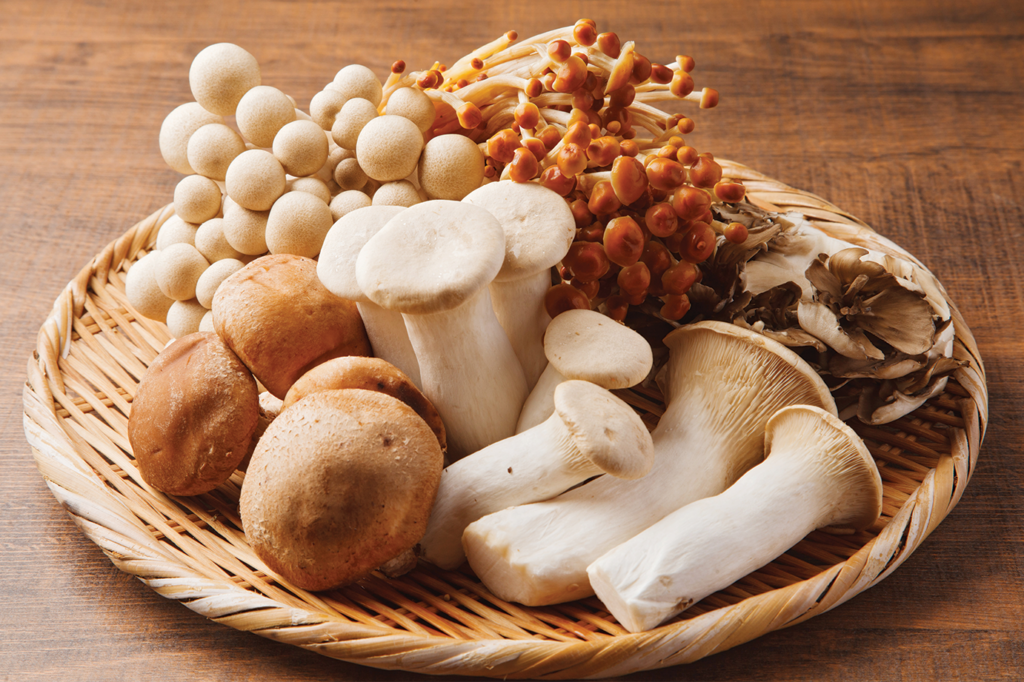
Mushrooms are nature’s umami-packed gems, offering a diverse range of flavours, textures, and culinary possibilities. From delicate Oyster mushrooms to bold, foraged treasures like Morels and Chanterelles, each variety brings something special to the table. Whether you’re a home cook or a gourmet enthusiast, our guide will help you explore the rich world of mushrooms—how to cook them, where they come from, and how to bring out their best flavours.
Discover which mushrooms suit your cooking style, from delicate and buttery Chanterelles to meaty King Trumpets. Explore various types of mushrooms, learn how to use them, and bring gourmet flavours to your kitchen with confidence!
Shop Now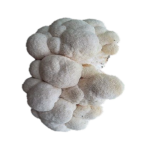 Lion’s Mane
Lion’s ManeLion’s Mane mushrooms are known for their unique, shaggy appearance and flavour reminiscent of seafood, particularly lobster. Their firm texture and mild, slightly sweet taste make them perfect for grilling, sautéing, or adding to soups and sauces. They’re also celebrated for their potential health benefits.
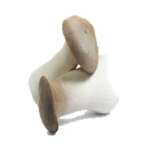 King Trumpet
King TrumpetWith thick, meaty stems and a mild, savoury flavour, King Trumpet mushrooms are perfect for grilling, roasting, or sautéing. Their texture holds up well in stir-fries, pasta dishes, or even as a meat substitute in plant-based meals. Their rich flavour enhances any dish.
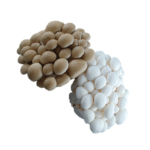 Shimeji
ShimejiShimeji mushrooms have a mild, slightly nutty flavour with a crunchy texture. Often used in stir-fries, soups, and Asian-inspired dishes, they absorb the flavours around them well, making them a versatile ingredient. Shimeji can be enjoyed sautéed or added to hot pots and broths.
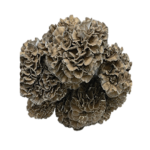 Maitake
MaitakeMaitake, or “Hen of the Woods,” has a bold, earthy flavour and a tender, frilly texture. It’s fantastic for sautéing, adding to soups, or even roasting. The deep umami taste makes it a great meat substitute in vegetarian dishes.
 Chestnut
ChestnutChestnut mushrooms have a rich, nutty flavour and a firm, meaty texture. They’re a great addition to sauces, soups, and casseroles, or simply sautéed in butter. Their slightly earthy taste pairs well with a variety of vegetables and meats.
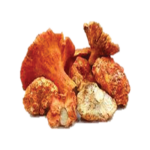 Lobster
LobsterLobster mushrooms have a vibrant orange-red colour and a mild, seafood-like flavour. They’re often used in gourmet dishes where they add a subtle umami flavour. Try them in pasta, risotto, or seafood-inspired recipes for a unique twist.
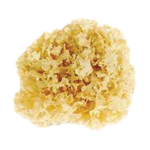 Cauliflower
CauliflowerCauliflower mushrooms have a unique, frilly texture that resembles the appearance of a cauliflower head. Their flavour is mild and slightly nutty. These mushrooms work well in soups, stews, or sautéed with a bit of butter and garlic. They’re also a good meat substitute for vegetarians.
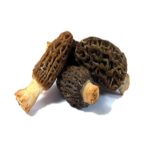 Morel
MorelMorel mushrooms are prized for their deep, earthy flavour and distinctive honeycomb-like appearance. Their meaty texture and rich taste make them ideal for sauces, soups, or as a topping for meats and pastas. Often foraged in the wild, these mushrooms are a seasonal delicacy.
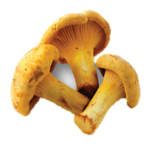 Chanterelle
ChanterelleKnown for their bright yellow to golden colour and fruity, slightly peppery flavour, Chanterelle mushrooms have a tender texture. They pair well with light dishes, such as cream-based sauces, eggs, or simply sautéed with butter and herbs. Their delicate taste adds a touch of elegance to any meal.
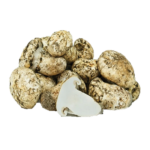 Matsutake
MatsutakeA rare and highly sought-after mushroom, Matsutake offers a spicy, pine-like aroma and a firm, dense texture. Often found in Japanese cuisine, they’re perfect for soups, broths, or grilled dishes. Due to their scarcity, Matsutake mushrooms are considered a luxury ingredient.
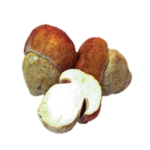 Porcini
PorciniPorcini mushrooms are known for their rich, nutty, and earthy flavour. With a meaty texture, they’re ideal for risottos, pastas, or hearty stews. Dried porcini also adds a deep, umami-packed kick to sauces and soups.
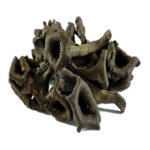 Black Trumpet
Black TrumpetBlack Trumpets have a deep, smoky flavour and a delicate, thin texture. They’re often used in gourmet cooking to add complexity to dishes like risottos, pasta, or even as a topping for meats. Their rich flavour is perfect for more sophisticated recipes.
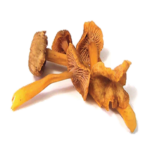 Yellowfoot
YellowfootYellowfoot mushrooms, also known as “Winter Chanterelles,” have a mild, slightly nutty taste and are typically used in soups, sauces, and casseroles. Their unique yellow stem and delicate flavour make them a great addition to a variety of dishes.
 Bluefoot
BluefootBluefoot mushrooms are known for their striking blue stems and mild, nutty flavour. They’re often used in gourmet cooking, ideal for risottos, stir-fries, or sautéed in butter. Their unique appearance adds a pop of colour to your plate.
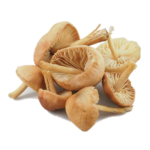 Mousseron
MousseronMousseron mushrooms are small, delicate mushrooms with a slightly sweet and earthy flavour. Often foraged in forests, they work well in soups, stews, and sautéed dishes. Their mild taste complements more subtle flavours in a dish.
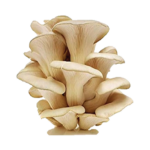 Classic Oyster
Classic OysterThe classic Oyster mushroom has a delicate, mild flavour with a slightly sweet, earthy taste and a soft, velvety texture. It’s versatile in cooking and works well in stir-fries, soups, and sauces. Perfect for those who prefer a more neutral mushroom flavour that complements a wide range of dishes.
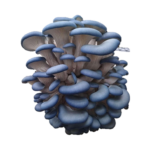 Blue Oyster
Blue OysterBlue Oyster mushrooms have the same mild flavour as the classic Oyster but are distinguished by their striking blue-grey caps. Their texture is tender, and they absorb sauces and seasonings beautifully. They’re great for sautéing, adding to stir-fries, or mixing into pasta dishes for a pop of colour and subtle taste.
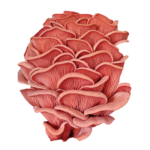 Pink Oyster
Pink OysterPink Oyster mushrooms are vibrant in colour, ranging from pale pink to deeper magenta tones. Their flavour is still mild, with a slight sweetness, but the colour adds a visual appeal to dishes. They have a more delicate texture than other Oyster varieties and are great for light sautés or garnishing gourmet plates.
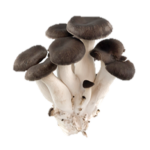 Velvet Oyster
Velvet OysterVelvet Oyster mushrooms have a unique velvety texture and a mild, earthy flavour. Their appearance is darker and more compact than regular Oyster mushrooms, with rich brownish tones. They’re ideal for sautéing or adding to soups and sauces, where their texture holds up well and their subtle flavour enhances other ingredients.
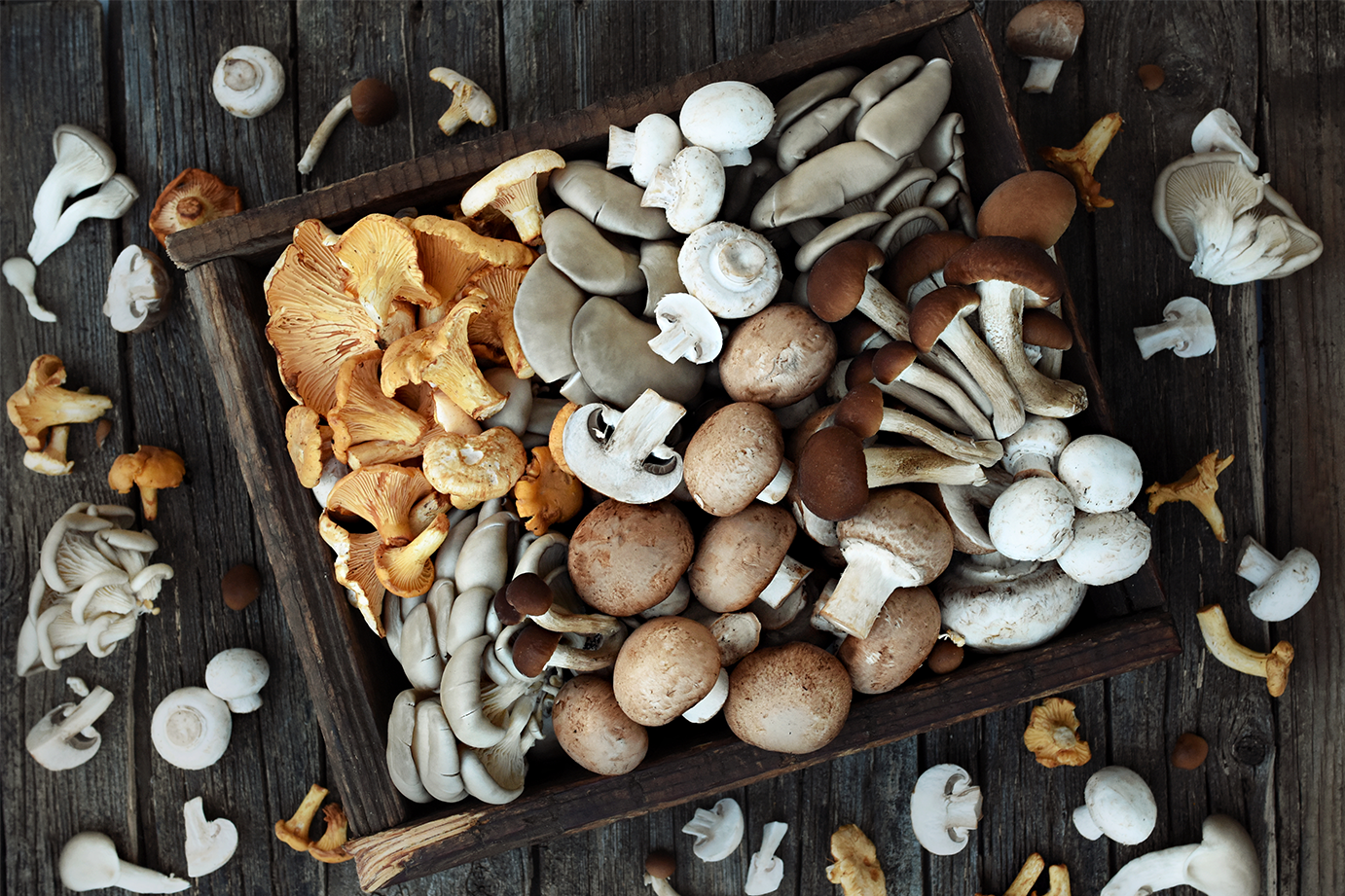
Are mushrooms good for you? Discover the health benefits of mushrooms, the vitamins they’re rich in, and how they fit into keto and low FODMAP diets.
Read more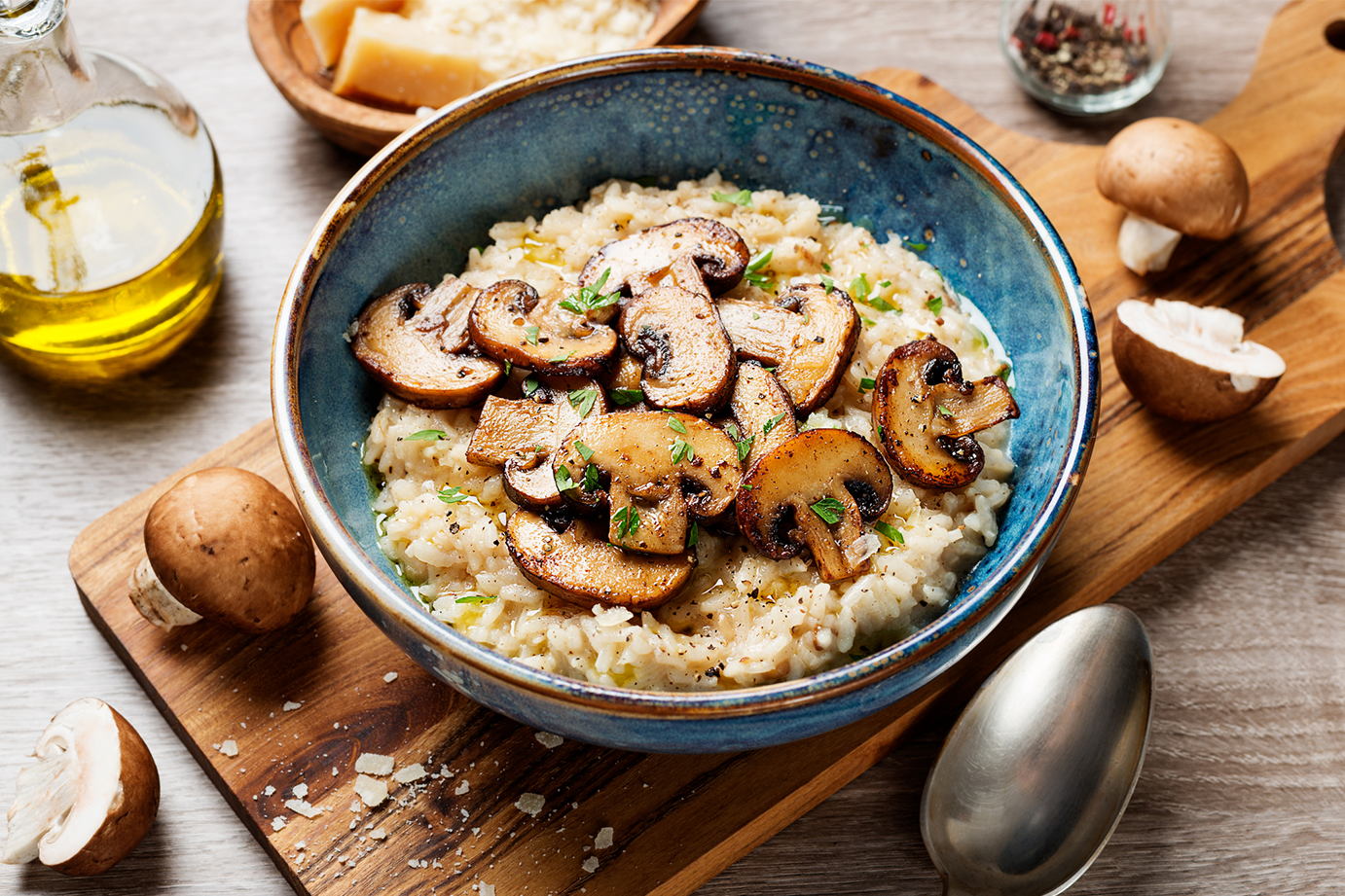
Learn about the most popular types of mushrooms for cooking, from oyster mushrooms to shitake and more. Plus, discover mushroom benefits you didn’t know about.
Read more